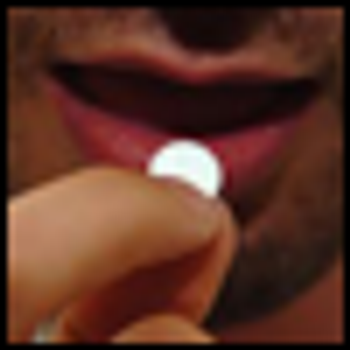
Custody disputes often produce anxiety for all involved. Whether you are a treating child psychiatrist or custody evaluator, it is imperative to have a clear idea of your role.

Custody disputes often produce anxiety for all involved. Whether you are a treating child psychiatrist or custody evaluator, it is imperative to have a clear idea of your role.

Substance use disorders are associated with significant morbidity and mortality that affects individuals and their families. Preventing the onset of an SUD in adolescence remains a critical area of clinical and public health significance.

The diagnosis of T1DM can be devastating to both the child and family. Because of the potential for immediate life-threatening complications of poorly controlled diabetes, family members must readjust their approach to daily living.

Depression, anxiety, and delirium are 3 examples of common but frequently challenging areas of distress in pediatric palliative care patients.

The articles in this Special Report reinforce the lesson that children come with parents. This is one of first lessons that I teach my residents: you can’t work with a kid in a vacuum. Parents who do not feel some connection with a caregiver will not bring their child to treatment or follow the recommendations of the treatment team.

This column has always been about the world of molecular mental health research. I revisit the technology in this column, now aimed at one of molecular neuropsychiatry’s most intractable, frustrating lines of research: the molecular/cellular basis of schizophrenia.

What follows is an excerpt from Dr Knoll’s introduction to his series Tales From the New Asylum, several of which are posted on his blog.

On the wide range of symptoms in schizophrenia, including alterations of the dopaminergic and/or glutamatergic systems, abnormal neurodevelopment, and the theory of immune system imbalance.

I don’t like to use the worn out word . . . “bruise” in my poems, but this morning . . . one appears on my inner thigh

A New Study Looks at What Works-And What Doesn’t

Depression, PTSD, panic disorder, and abuse of alcohol and drugs are more insidious, quieter forms of illness that can cause the same desperation and disability as psychotic disorders.

“The e-mail earnings . . . the enduring, rewarding relationships you’ve always wanted . . . a higher sense of purpose and life satisfaction . . . less stress . . . overall happiness.” All this in just 2 convenient 50-minute sessions!

Are antidepressants active placebos or lifesavers? Are they overprescribed? Are clinical trials of these drugs insufficient?

Sadly, type 2 diabetes mellitus is increasing in children and adolescents at a rapid rate associated with rising rates of obesity.